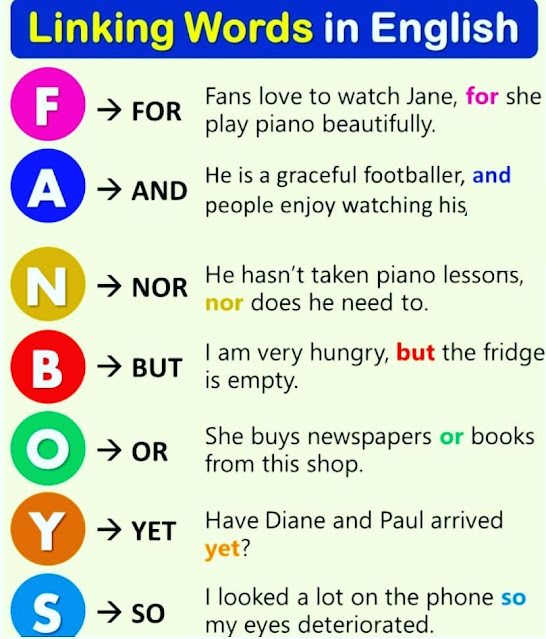Simple present tense in English
In this section, one of the most widely used tenses, the present tense, is taught in English. We use this time to show action in the present.
We use the simple present tense in English to indicate an action that occurs repeatedly or repeatedly in the present tense. Simple present tense is one of the most widely used English tenses.
Simple present structure
The simple present tense verb in English is the main form of the verb. In all persons except the third person singular, the verb is simple. In the third case, the singular takes the simple form of the verbs s or es.
I work in London .
She works in London .
Ask a question
To ask simple present tense sentences, we use the auxiliary verbs do and does. We use does for the third person singular (he, she, it) and for other pronouns do. Consider the following examples:
Do you play the piano ?
Does Jack play football ?
To ask the question words where, what, why and when, we also need the auxiliary verbs do and does. If we want to ask a question with the words wh, we must first turn the news sentence into a question with the auxiliary verb do / does, then delete the part of the sentence we want to ask about and put the question word at the beginning of the sentence. Consider the following example:
Where do they work ?
Negative
To negate the simple tense, we use the auxiliary verbs do / does plus the negative. For the third person singular (she / he / it) we use does not or doesn't and for other pronouns we use do not or don't. Consider the following examples:
I don’t live in London now .
Simple present uses
1. To talk about things that are now true, in other words, about facts.
I’m nineteen years old .
2. To talk about events that are repeated over and over again and have become a routine. We usually use repetitive clauses (such as sometimes, often, always, and never) to illustrate this use. Consider the following examples:
I play football every weekend .
I sometimes go to the cinema .
3. To talk about scientific facts. Consider the following examples:
The adult human body contains 206 bones .
4. To talk about a plan that will definitely happen in the future. Consider the following examples:
The school term starts next week .



Comments
Post a Comment